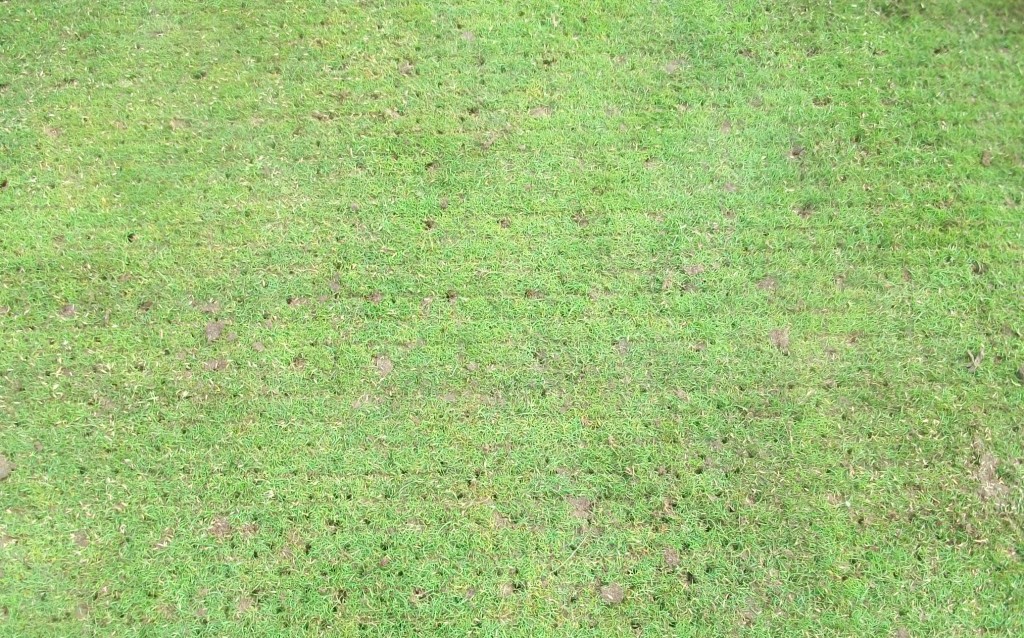A few readers have asked for guidance on what work they should be carrying out on the green on a month to month basis.
Now of course conditions across the UK are widely varied at the moment; some areas in the south are free from frost, whilst here in Perthshire we can have very hard ground and many days of minus temperatures, in the southern parts of the country things can be and often are a lot milder.
When there is frost or snow cover its simply a waiting game; it really is best not to try to remove snow or ice from the green for two reasons:
- the damage that could be caused to the turf and soil by actually doing this work.
- the snow is affording the turf some protection from the worst of the cold weather; see my article on winter green protection here.
However, after the snow has gone and you start to see a prolonged period of thaw there are a few things you need to look out for as follows: Read more

